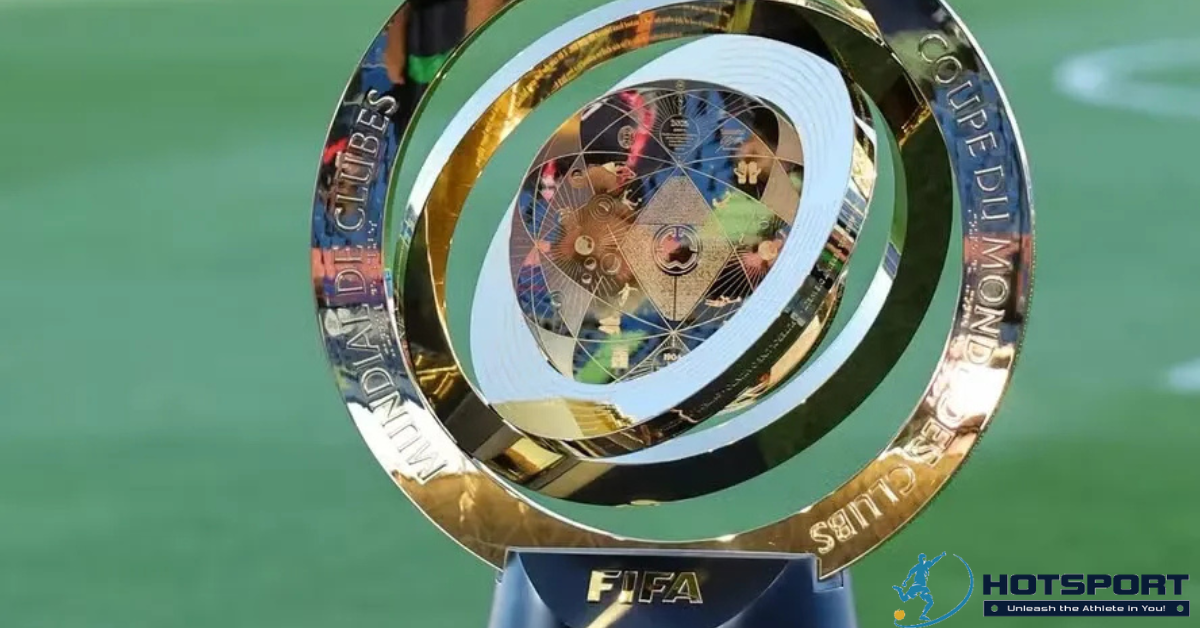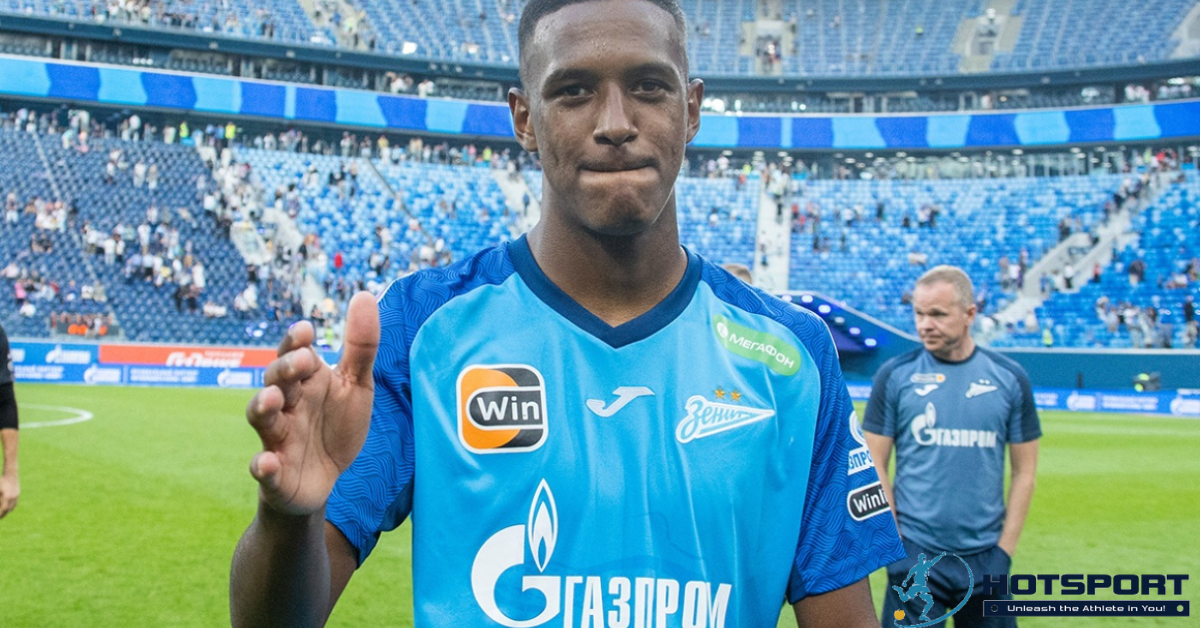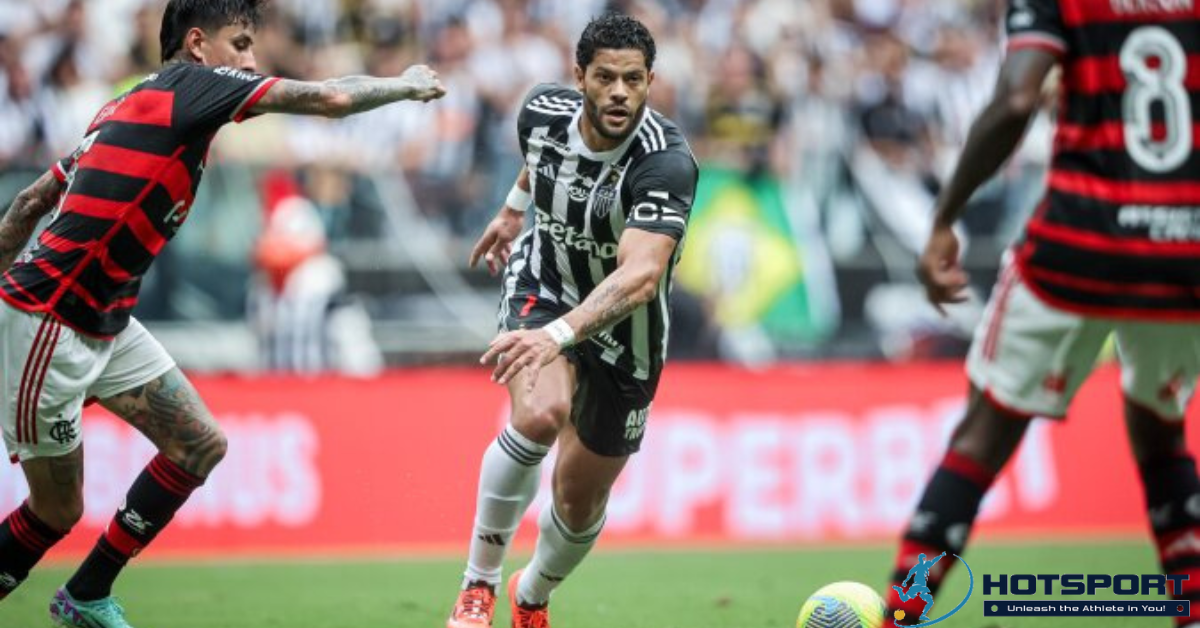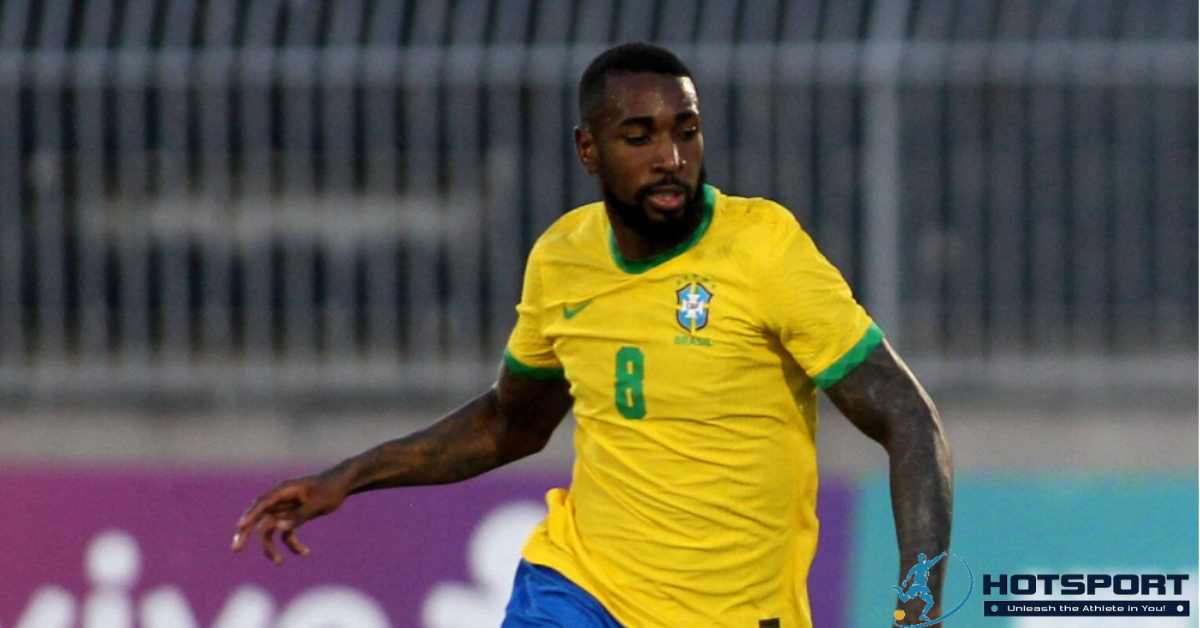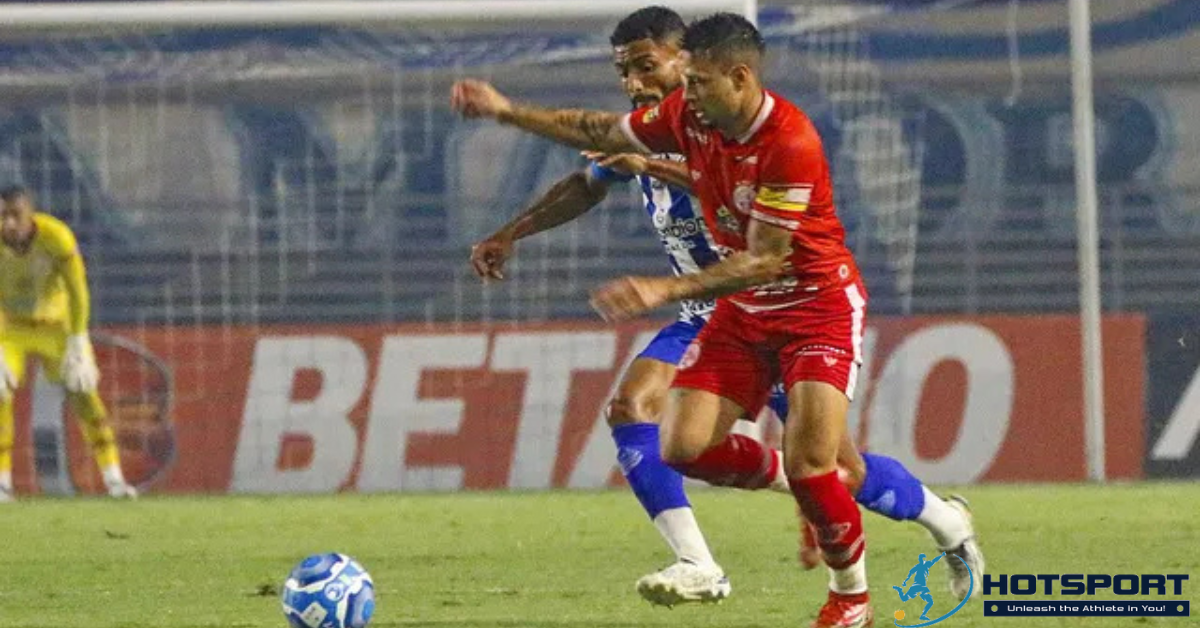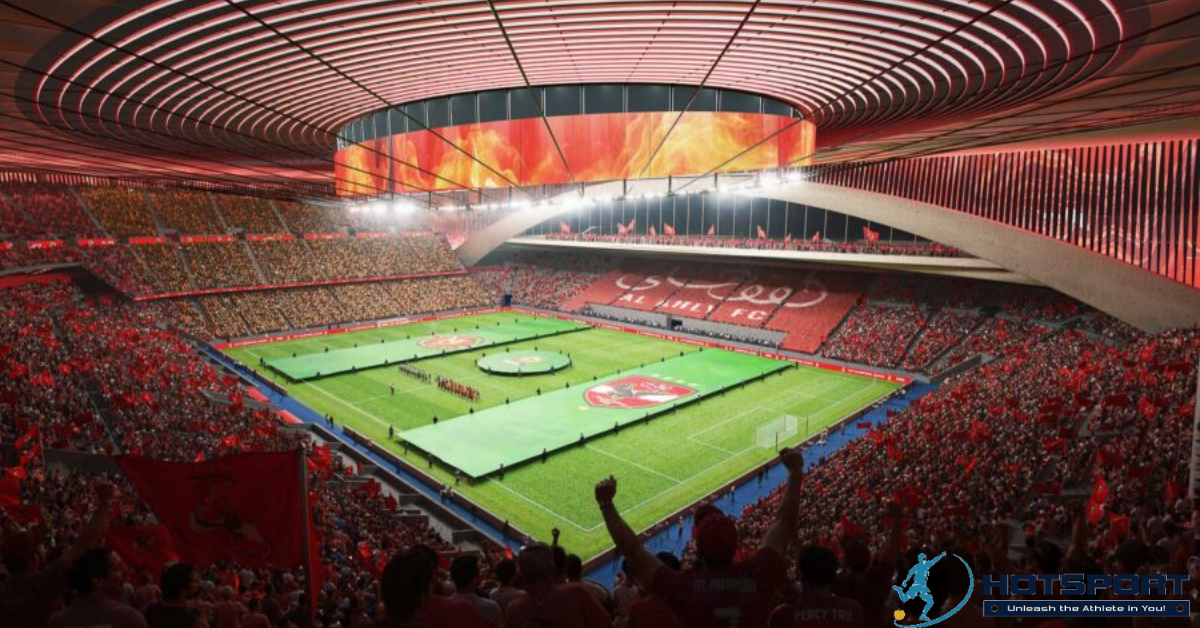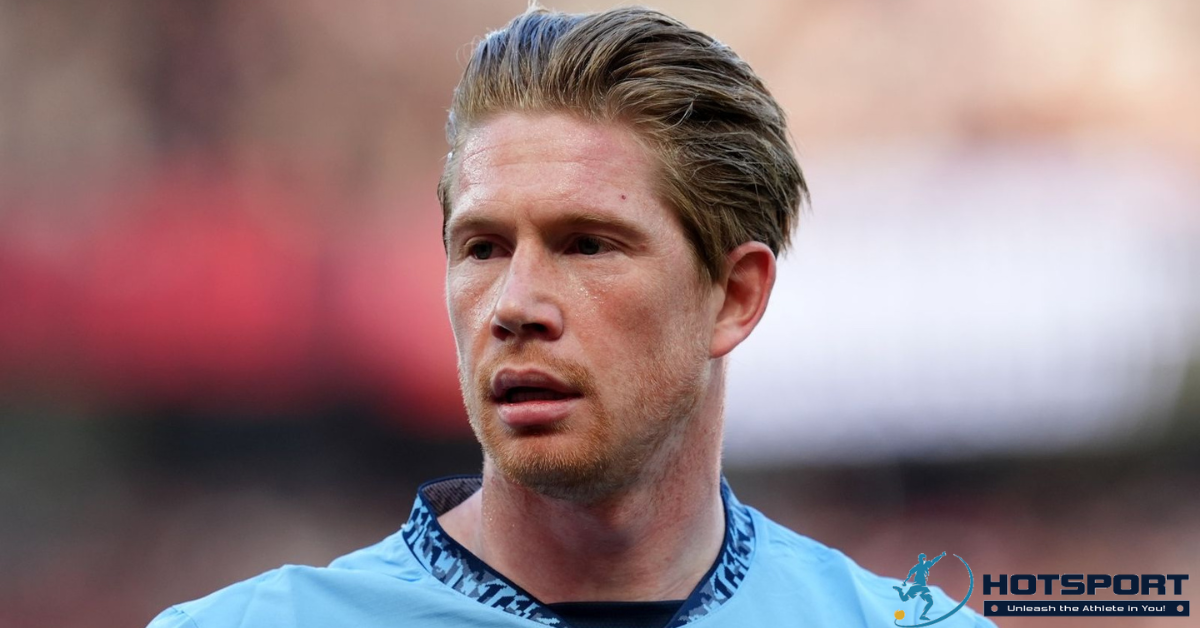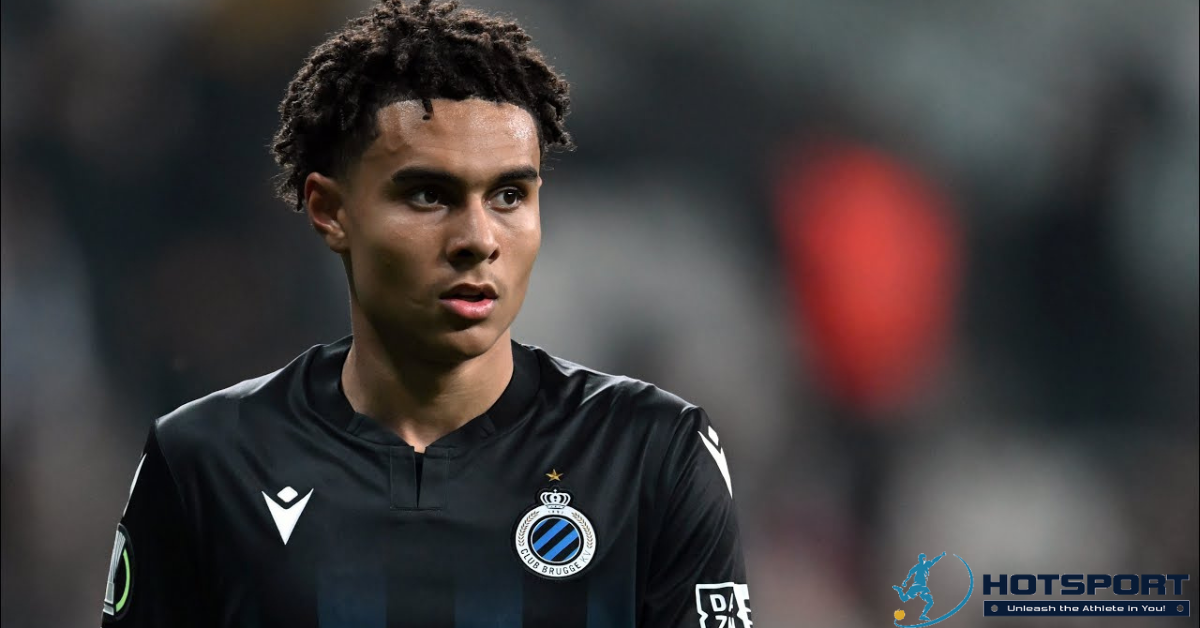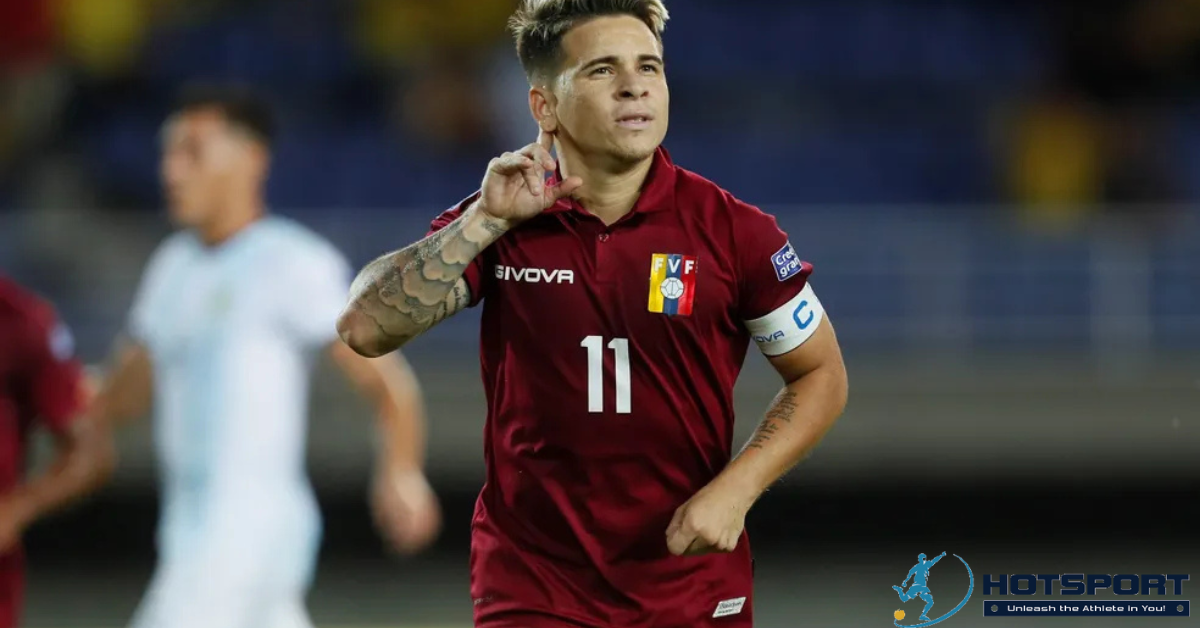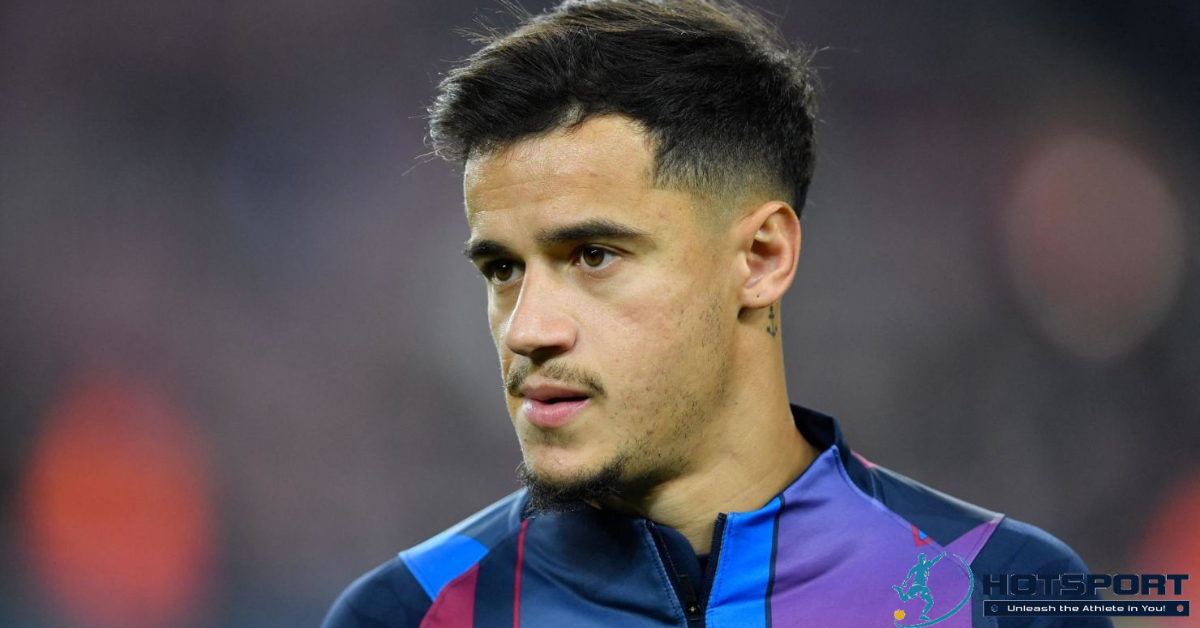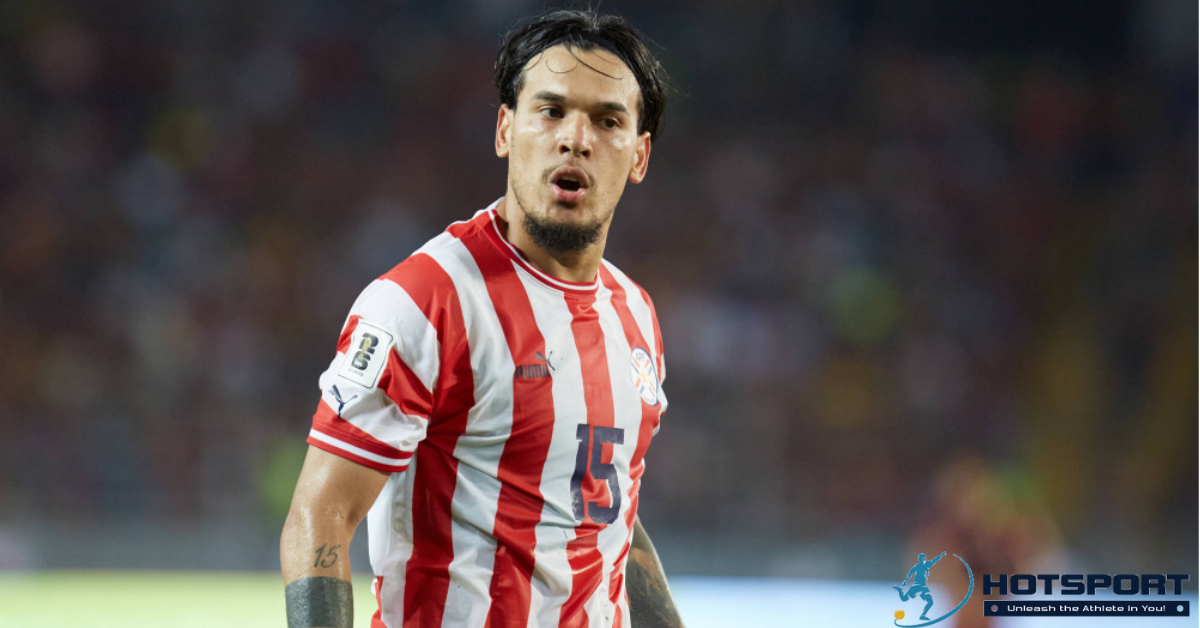The FIFA Club World Cup: The Tournament That Unites Global Football
The FIFA Club World Cup is an international men’s football competition organized by the Fédération Internationale de Football Association (FIFA), the sport’s global governing body. This tournament brings together the best clubs from each continent, delivering thrilling clashes between regional champions that represent the pinnacle of club football. Since its inception, the competition has been a landmark in the sporting calendar, celebrating the diversity and passion for football on a global scale. This article explores the history, format, memorable moments, and cultural impact of the Club World Cup, with a special focus on its significance in Brazil, a country where football is more than a sport—it’s a national passion.
Origins and History of the Club World Cup
The Beginning: The Intercontinental Cup
The idea of a tournament pitting the world’s best clubs against each other dates back to the 1950s when UEFA and CONMEBOL created the Intercontinental Cup. This competition matched the champion of Europe’s Champions League against the winner of South America’s Copa Libertadores. Brazil made its mark with legendary clubs like Pelé’s Santos, which won in 1962 and 1963, facing European giants such as Benfica and Milan.
However, the Intercontinental Cup was limited, involving only clubs from Europe and South America. As football grew in other regions, such as Asia, Africa, and North America, FIFA recognized the need for a truly global competition.
The First Club World Cup
In 2000, FIFA launched the inaugural Club World Cup, hosted in Brazil. The tournament, held in São Paulo and Rio de Janeiro, featured eight teams, including Corinthians, Vasco da Gama, Manchester United, and Al-Nassr. Corinthians claimed the title in an exciting final against Vasco, marking the first chapter of a new era in club football.
Evolution of the Format
Following its initial success, the competition faced challenges, including a hiatus in 2001 due to financial issues. In 2005, FIFA revamped the tournament, replacing the Intercontinental Cup and establishing the Club World Cup as an annual event. Since then, the competition has undergone changes in format, number of participants, and host countries, but its goal of crowning the world’s best club has remained unchanged.
Current Format of the Competition
Tournament Structure
In its modern form, the Club World Cup features seven teams: the champions of the six FIFA-affiliated confederations (UEFA, CONMEBOL, AFC, CAF, CONCACAF, and OFC) and a representative from the host country. The tournament typically takes place in December, with matches played in a knockout format, including quarter-finals, semi-finals, and a final.
- Quarter-Finals: Champions from lower-ranked confederations (usually AFC, CAF, CONCACAF, and OFC) compete against each other, while UEFA and CONMEBOL representatives advance directly to the semi-finals.
- Semi-Finals: Quarter-final winners face the European and South American champions.
- Final: The decisive match crowns the world champion, with a third-place playoff for the semi-final losers.
Rotating Hosts
The competition has been held in various countries, including Japan, the United Arab Emirates, Morocco, and Qatar. In 2025, FIFA announced an expanded tournament with 32 teams, to be hosted in the United States, marking a new era for the event. This change aims to increase competitiveness and attract even greater global attention.
Brazil in the Club World Cup
A National Passion
In Brazil, football is an integral part of the culture, and the Club World Cup holds special significance. Brazilian clubs such as Corinthians, São Paulo, Internacional, and Flamengo have left their mark on the tournament, winning titles and capturing the hearts of fans.
- Corinthians (2000 and 2012): The Timão is the only Brazilian club to win the tournament twice. The 2012 victory over Chelsea in Japan was a landmark moment, with standout performances from goalkeeper Cássio and massive support from the Corinthians fanbase.
- São Paulo (2005): The Tricolor Paulista defeated Liverpool in a memorable final, with a goal from Mineiro and historic saves by Rogério Ceni.
- Internacional (2006): The Colorado stunned Ronaldinho’s Barcelona with a 1-0 win, thanks to a goal from Adriano Gabiru.
- Flamengo (2019): Although they didn’t win the title, Flamengo reached the final against Liverpool, showcasing the strength of Brazilian football.
Impact on Fans
For Brazilians, the Club World Cup is an opportunity to demonstrate the quality of their football to the world. Victories over European giants like Real Madrid and Barcelona are celebrated as displays of pride and talent. Organized fan groups, such as Corinthians’ Gaviões da Fiel and Flamengo’s Raça Rubro-Negra, often travel to support their teams, creating a unique atmosphere in the stadiums.
Memorable Moments
Unforgettable Matches
The Club World Cup’s history is filled with matches that have become football legends. Some highlights include:
- Corinthians vs. Chelsea (2012): The 1-0 victory, with a goal from Paolo Guerrero, was a moment of glory for Brazilian football. Cássio’s saves and the passion of the fans in Japan made the game iconic.
- Barcelona vs. Santos (2011): Lionel Messi shone in Barcelona’s 4-0 win, showcasing his genius against Neymar’s talent.
- TP Mazembe vs. Internacional (2010): The Congolese club made history by eliminating Internacional in the semi-finals, highlighting the growing strength of African football.
Records and Trivia
- Most Successful Club: Real Madrid holds the record for the most titles, with five wins (2014, 2016, 2017, 2018, and 2022).
- Brazilian Participation: Brazil has the most participations in the competition, with 13 different clubs representing CONMEBOL.
- First Goal: Brazilian-born Anelka, playing for Real Madrid, scored the first goal in the tournament’s history in 2000.
Global Impact of the Competition
Uniting Continents
The Club World Cup is unique for its ability to bring together clubs from diverse cultures and playing styles. An African team like Al Ahly can face a European giant like Bayern Munich, while Asian clubs like Urawa Red Diamonds challenge South American champions. This diversity makes the tournament a true reflection of football’s globalization.
Developing the Sport
The competition also plays a key role in developing football in less traditional regions. Clubs from confederations like AFC, CAF, and CONCACAF gain global visibility, attracting investment and inspiring young athletes. For example, Kashima Antlers’ (Japan) run to the 2016 final against Real Madrid showcased the potential of Asian football.
Economic Impact
Host cities benefit from increased tourism and international exposure. In Brazil, the 2000 edition brought thousands of visitors, generating revenue for hotels, restaurants, and local businesses. Additionally, participating clubs receive significant prize money, which can be reinvested in infrastructure and signings.
Challenges and Criticisms
European and South American Dominance
A common criticism of the Club World Cup is the dominance of UEFA and CONMEBOL clubs. Since 2005, only these two confederations have won the title, raising questions about competitive balance. The expansion to 32 teams in 2025 aims to address this by providing more opportunities for clubs from other regions.
Tight Schedule
Another challenge is the tournament’s timing. Held at the end of the year, it can overburden players, particularly those from European clubs already facing a demanding schedule. FIFA has been working to adjust the format to minimize conflicts with domestic competitions.
Host Infrastructure
Some editions have faced issues with infrastructure, such as stadiums or transportation. For example, the 2019 edition in Qatar received criticism due to logistical challenges for fans. Choosing hosts with strong infrastructure, like the United States in 2025, aims to improve the experience.
The Future of the Club World Cup
Expansion in 2025
The 2025 edition will mark a new phase for the tournament, with 32 teams competing in a format similar to the FIFA World Cup for national teams. Brazilian clubs like Flamengo, Palmeiras, and Fluminense are already confirmed, promising exciting matchups. FIFA hopes the new format will boost competitiveness and attract a larger global audience.
Technology in Football
The Club World Cup has also served as a testing ground for innovations, such as the Video Assistant Referee (VAR), used in recent editions. In 2025, advanced technologies like real-time data analysis and artificial intelligence are expected to enhance refereeing.
Legacy for Brazil
For Brazil, the tournament remains a platform to showcase its clubs and players. Facing the world’s elite teams is an opportunity to highlight the strength of Brazilian football and attract international scouts. Additionally, Brazil’s passionate fanbase will play a central role in creating a vibrant atmosphere.
Conclusion
The FIFA Club World Cup is more than a competition—it’s a celebration of global football, uniting clubs, fans, and cultures from every corner of the world. For Brazil, the tournament is a chance to reaffirm its status as a footballing powerhouse, with clubs carrying the history and passion of millions of fans. As the competition evolves with the 2025 expansion, its impact on the sport and global culture will only grow. Here’s to more epic moments, unforgettable goals, and titles for Brazilian football!

